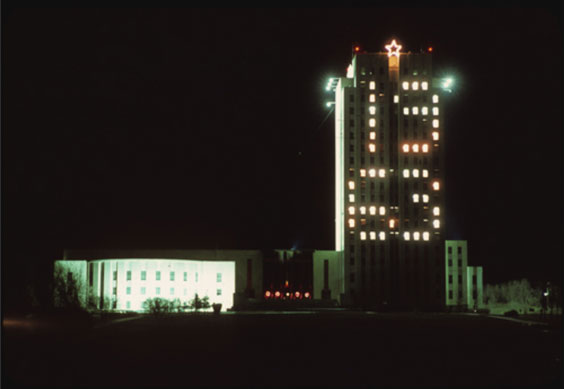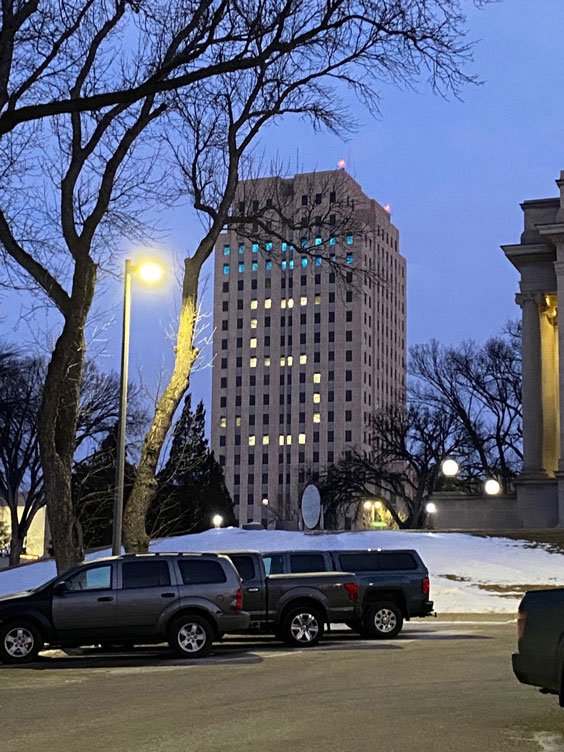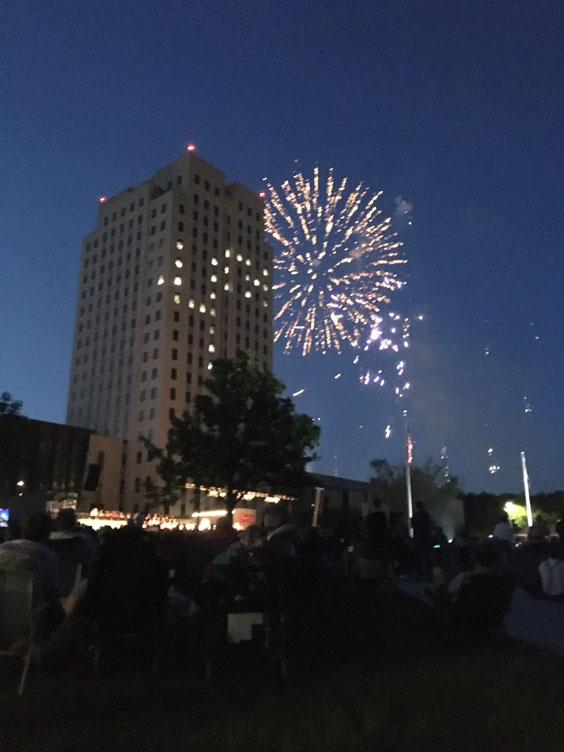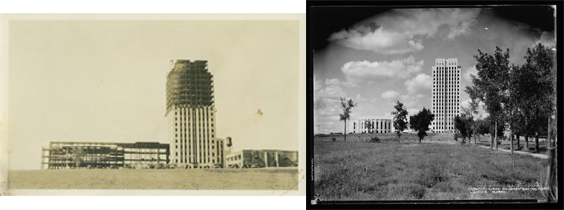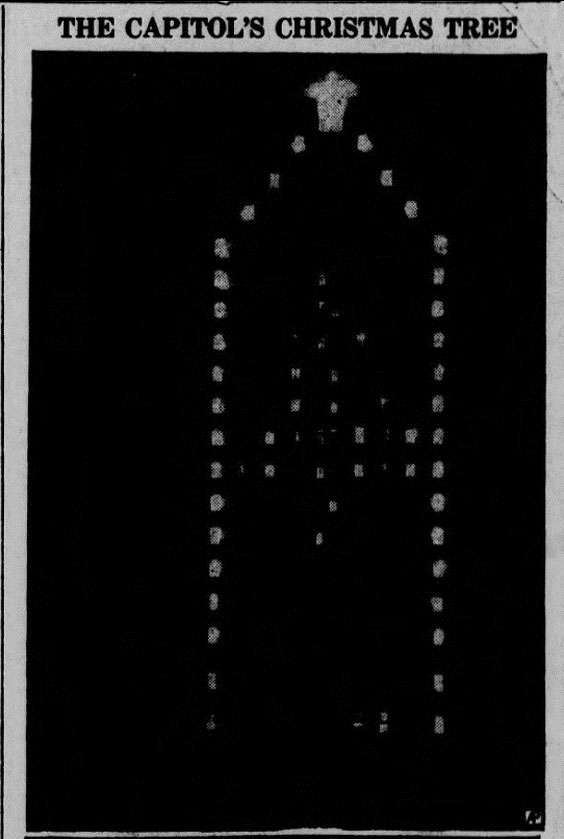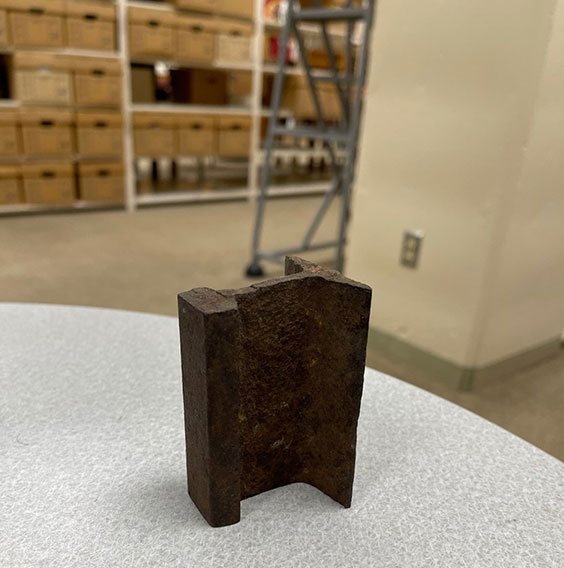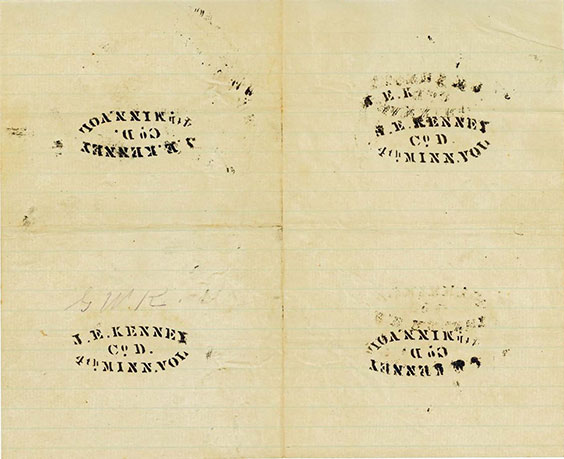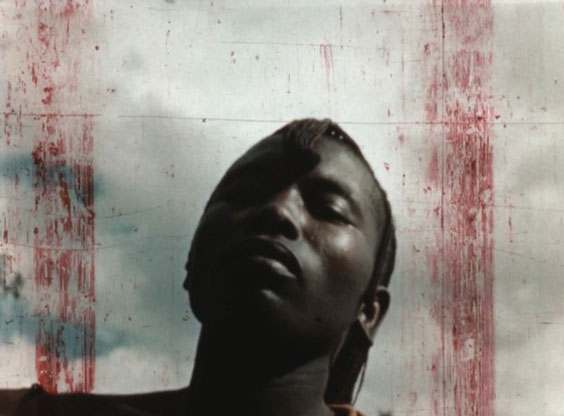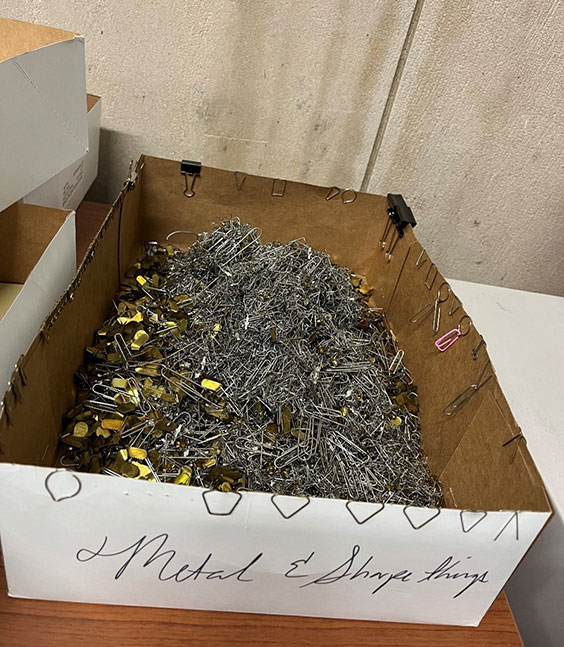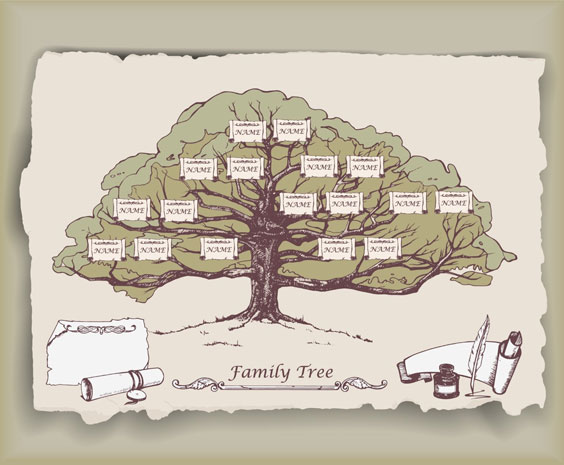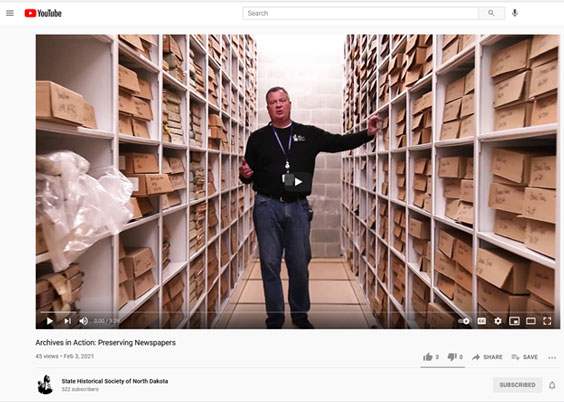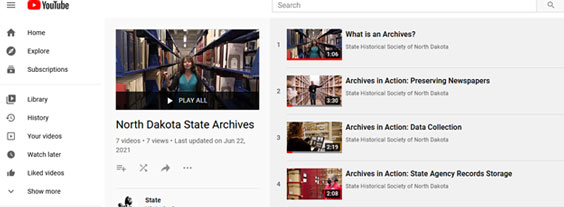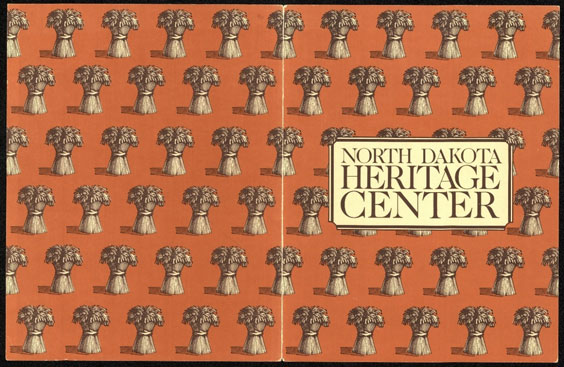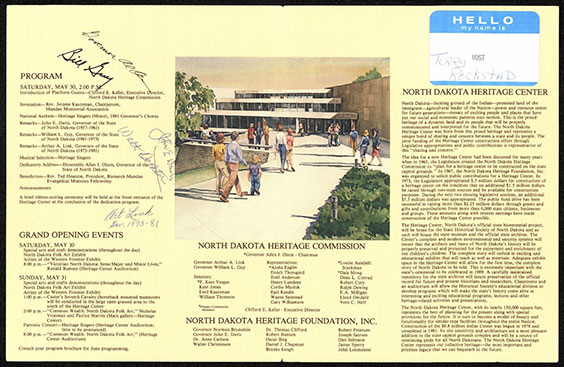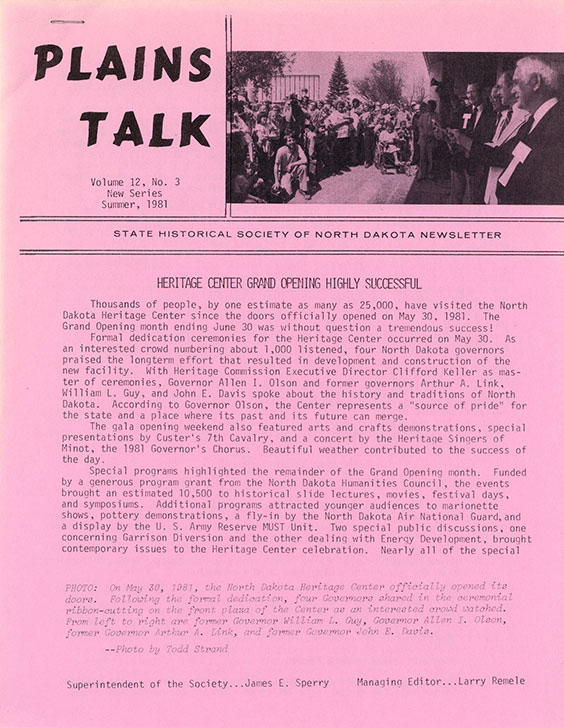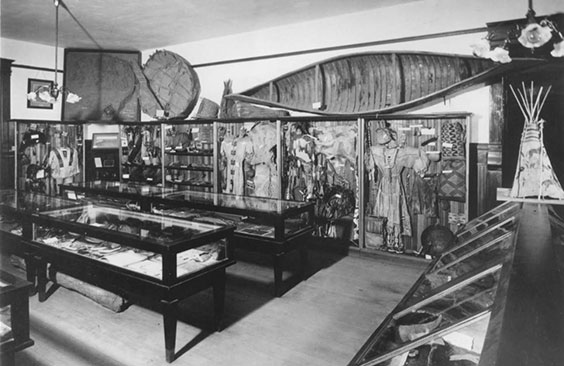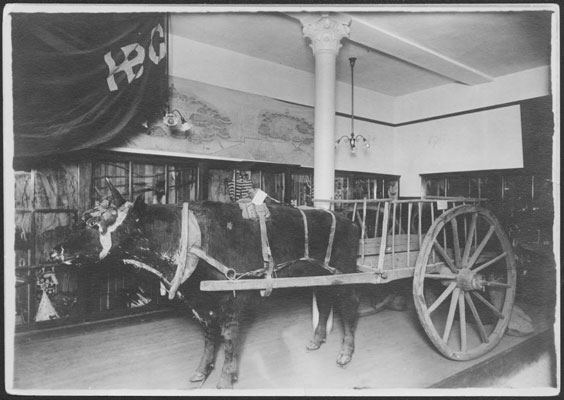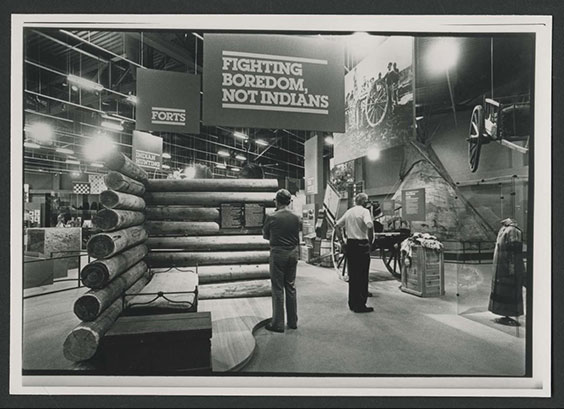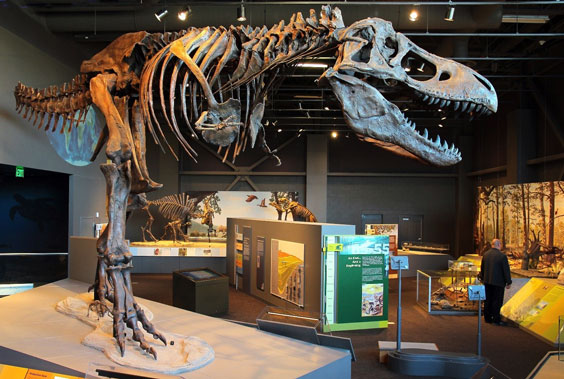How Fun Are These? Historical Facts From the State Archives, Part II
Fun Fact: The State Archives team can’t get enough fun facts! In celebration of American Archives Month, our staff is sharing interesting and unique stories they have learned about North Dakota. Read on for part two of our favorite fun facts about the state! (View part one here.)
Sarah Walker, Head of Reference Services
Did you know that Laura Eisenhuth was the first woman in the United States elected to a statewide office? Eisenhuth, who was living in Foster County at the time, was elected state superintendent of public instruction in 1892. She had been first nominated to run for this office in 1890 but was initially unsuccessful. Eisenhuth served a single term, which lasted through 1894. She was then succeeded by another woman, Emma F. Bates.
All of this is extraordinary to me, especially since North Dakota continued to struggle with the idea of woman suffrage for many years. The topic recurred in much early legislation in both Dakota Territory and the state of North Dakota, including at the Constitutional Convention. North Dakota women did gain more agency in their lives and were able to vote for president just prior to the passage of the 19th Amendment, which granted women across the country the right to vote. How interesting that these early women were still eligible to hold these offices and helped others break through the glass ceiling!
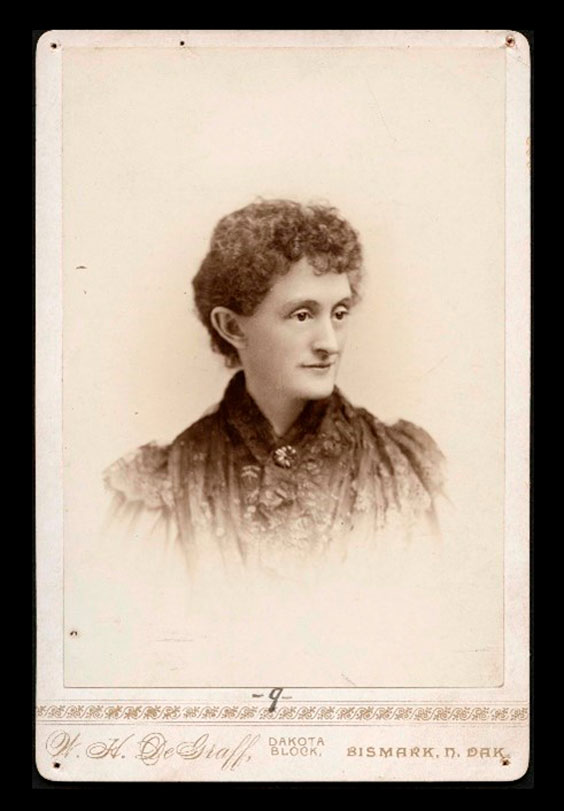
Laura J. Eisenhuth, superintendent of public instruction, circa 1894. SHSND SA A1591-00001
Greta Beck, Audiovisual Archivist
I have always heard stories from my grandparents who farmed near Sawyer that Black Butte used to be home to a ski lift and jump. Black Butte rises from the prairie at 1,716 feet and overlooks the Mouse/Souris River Valley, dominating the landscape for miles. With the help of the State Archives newspaper collections, I was able to find articles confirming that Black Butte was used as a ski hill in the 1930s. Prior to becoming a ski hill, Black Butte was used as a meeting and camping place for Dakota and Métis bison hunters.
Emily Kubischta, Manuscript Archivist
In the early 1930s, teacher Gertrude Evart’s history class at Bismarck High School created a model of the four blocks from First Street to Fifth Street on Main Avenue, as they appeared in Edwinton, Dakota Territory, in 1873. Each student handmade one or more of the street features, which included businesses, Camp Hancock, people, fences, flagpoles, a railroad depot, train, sidewalks, signs, a stagecoach, houses, chimneys, windows, wagons, Red River carts, barber poles, and an eagle. Even soldiers were molded and painted for the display. Unfortunately, the model was destroyed while moving it into the newly constructed Bismarck High School in 1935. However, a typed layout of the businesses and list detailing which students created which aspects survives in the George F. Bird Papers (MSS 10216). Both documents tell us a lot about Bismarck’s Main Avenue in the early days.
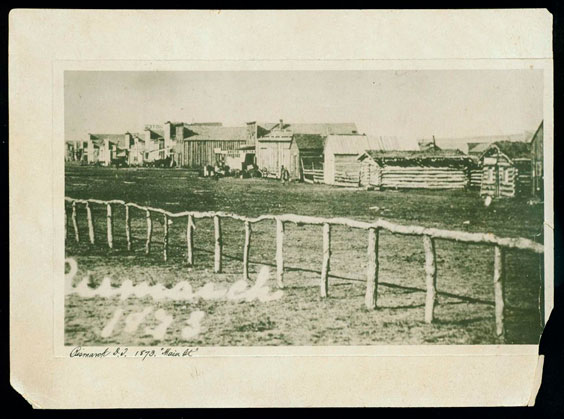
Edwinton’s Main Avenue, 1873. This photograph shows some of the buildings likely depicted in a model of the street made by Bismarck High School students in the 1930s. SHSND SA C0529-00004


